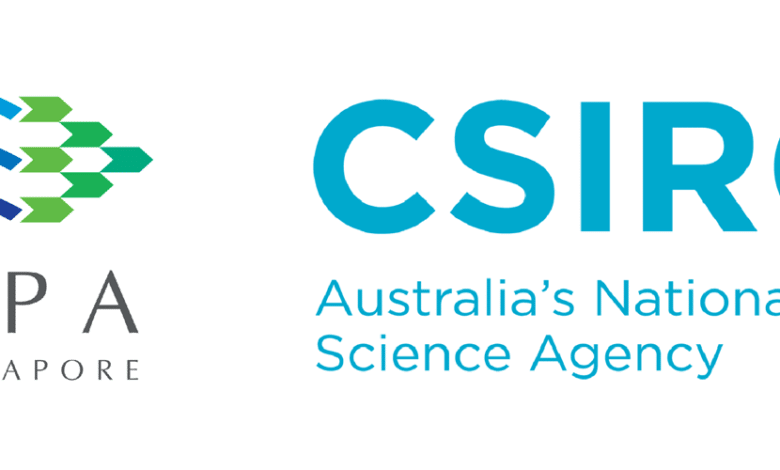MPA and CSIRO take next steps to catalyse maritime decarbonisation

Together, Australia and Singapore—home of the busiest transshipment hub in the world—have launched a $20 million effort aimed at lowering emissions in the maritime industry.
The Marine and Port Authority of Singapore (MPA) and CSIRO, Australia’s national science agency, will collaborate to develop the Australia-Singapore Initiative on Low Emissions Technologies (ASLET) for marine and port operations.
With the goal of decarbonizing and digitizing maritime routes between Singapore and Australia, ASLET plans to support the results of the Green and Digital Maritime Corridor (GDSC) between the two countries.
At the 9th Annual Leaders’ Meeting in March 2024, the governments of Singapore and Australia officially collaborated on the establishment of the GDSC through the signing of a memorandum of understanding.
ASLET is anticipated to open up new fuel options, hasten the widespread adoption of zero- or near-zero greenhouse gas (GHG) emission technology, and investigate potential areas of collaboration between Australia and Singapore on port infrastructure and green shipping projects.
Considering Australia’s potential to become a major producer and exporter of low-emission fuels and Singapore’s status as the largest bunkering and busiest transshipment hub port in the world, the programmer offers a substantial opportunity for both countries.
“ASLET has the potential to translate research outcomes from the scientific community in both countries and use these technologies to help scale up the production and deployment of low-emission fuels and technologies at scale,” stated Mr. Teo Eng. Dih, Chief Executive of MPA. With Singapore’s hub status and Australia’s inherent advantage in producing renewable energy, MPA is eager to see this relationship benefit both the Singapore-Australia GDSC and the larger global shipping and port communities.
The partnership, according to CSIRO Chief Executive Dr. Doug Hilton, tackles the main obstacles that the industry has when using low-emission fuels. “We need to find reliable, trusted scientific solutions for the industry if we are going to achieve net-zero greenhouse gas emissions from international shipping by close to 2050,” stated Dr Hilton. Our first goal should be to shift to low-emission fuels like hydrogen and ammonia by creating infrastructure and easily available technology at ports that can accommodate a variety of vessels. Our goal is to reinvent the sector and hasten the decarbonization of the supply chain by working with MPA and other industry partners from both nations.
The first ASLET Steering Committee meeting will take place at Singapore Maritime Week 2024 on April 19, and it will be chaired by officials from the MPA, CSIRO, and A*STAR, the agency for science, technology, and research in Singapore. As part of a cooperative collaboration agreement, the Steering Committee was formed with the objectives of evaluating and approving low emission technology initiatives for port and maritime operations, as well as providing strategic direction.
With the goal of expediting collaborative efforts between the two nations in maritime decarbonization, the Steering Committee plans to launch a grant request and create a pipeline of projects aligned with its key areas. Singapore and Australia will each provide up to $10 million in their respective currencies as part of ASLET to carry out the initiative’s programmers. The program is anticipated to draw co-funding from the sector as well.
For use in maritime shipping and port operations, the effort will support the development, testing, and commercialization of fuels, energy sources, and technologies with zero or nearly zero greenhouse gas emissions.
